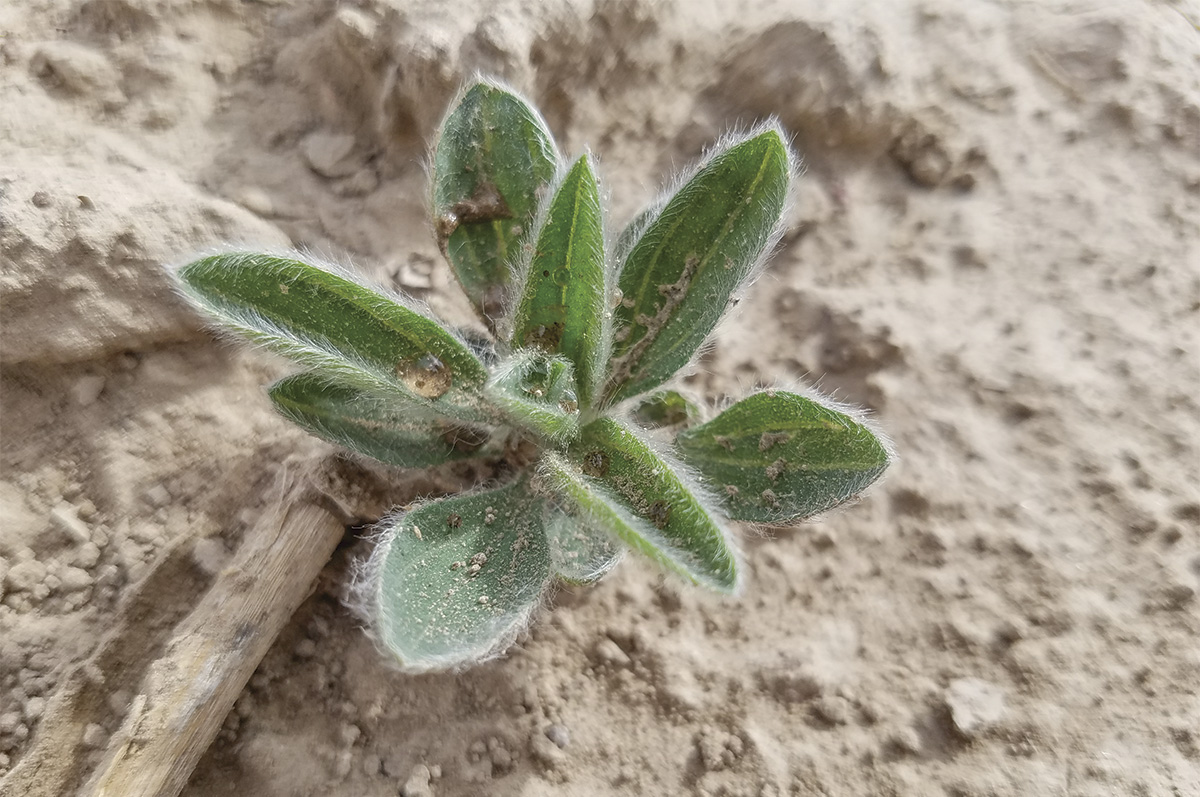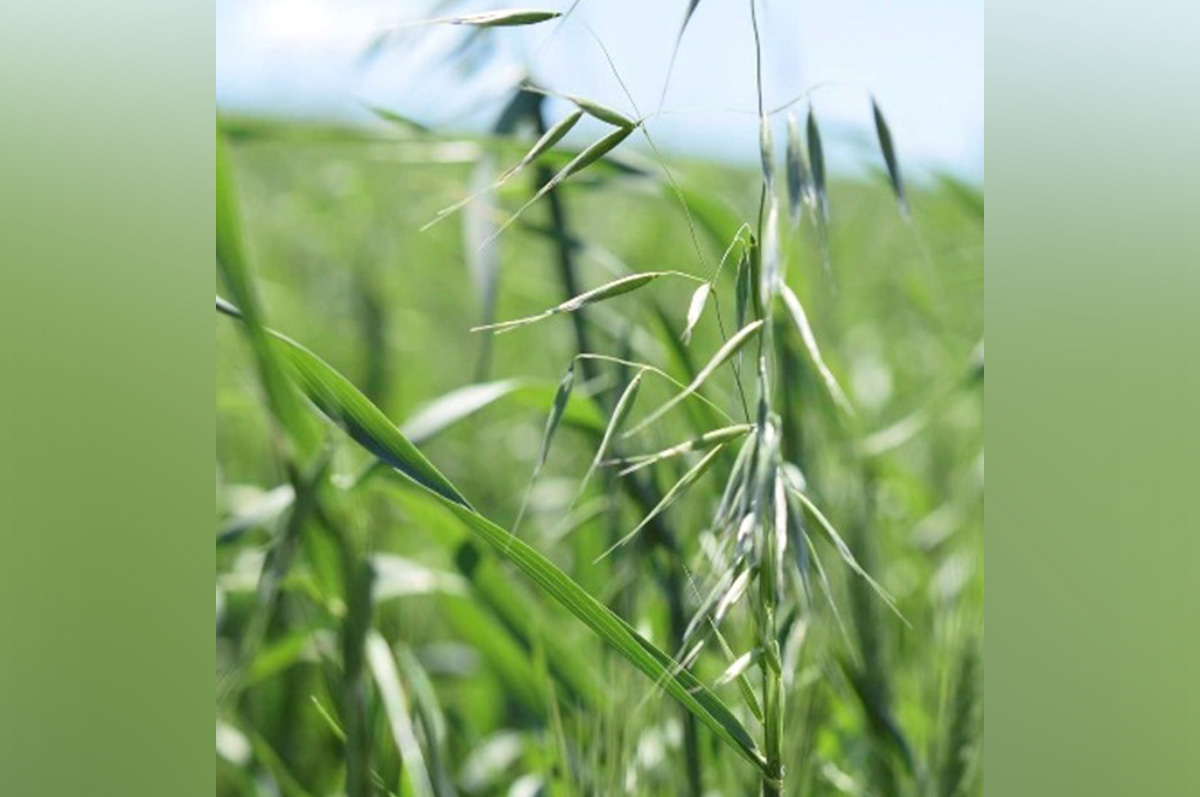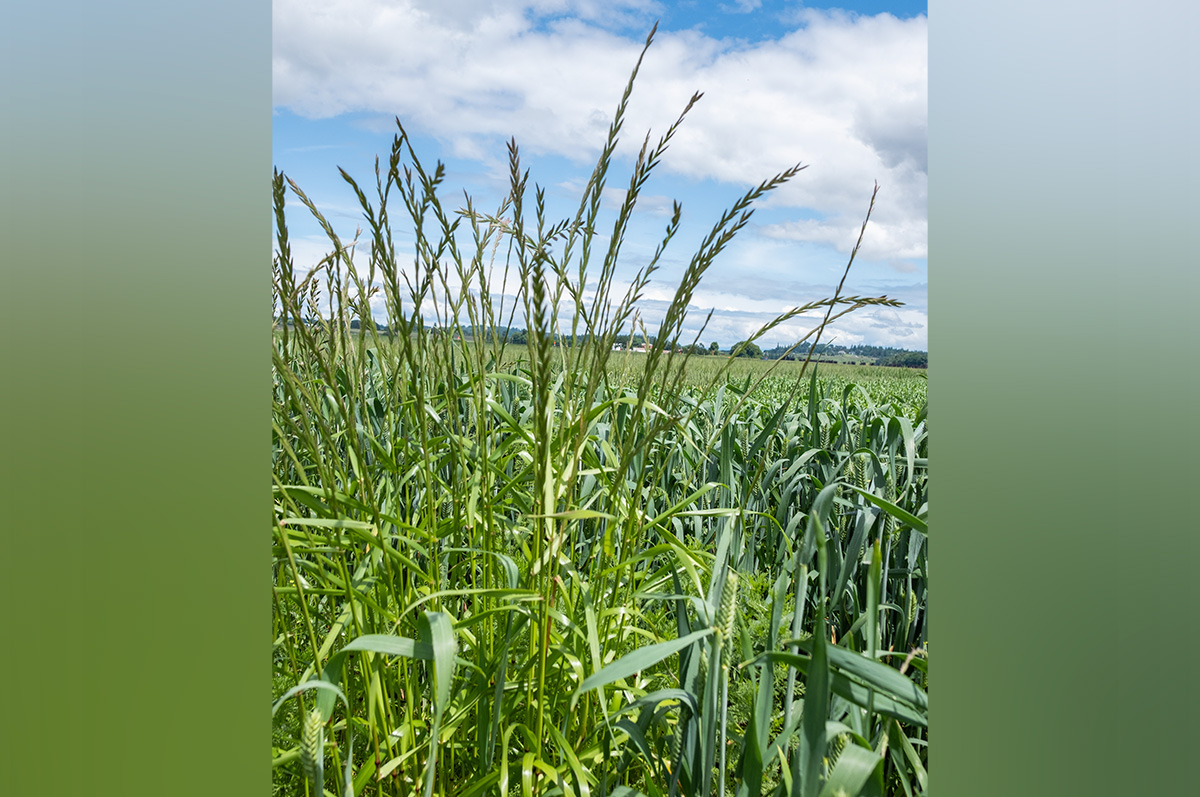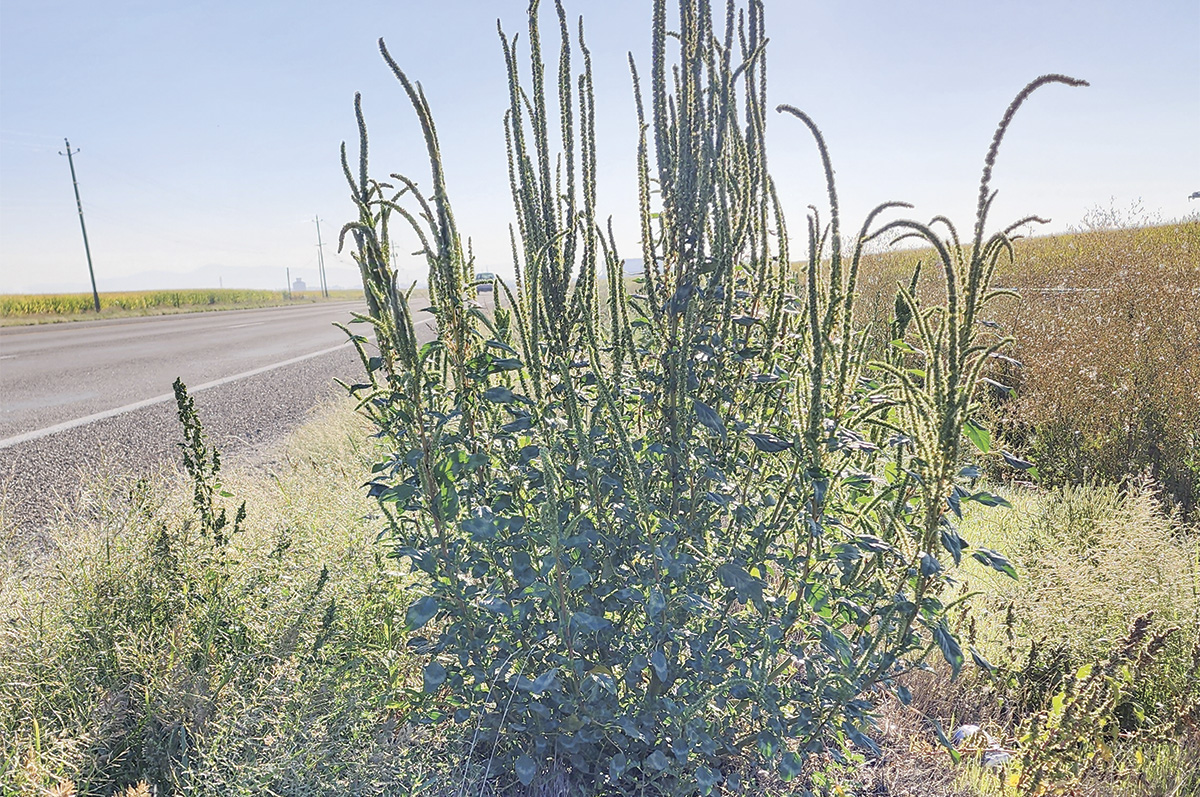“This is something that’s been staring us in the face for a long time,” says Clarke Alder about herbicide resistance in weeds. As a weed scientist with Amalgamated Sugar Company, he is particularly tuned in to glyphosate (Roundup) resistance in weeds that are traditionally difficult to kill in sugarbeets – kochia topping the list – but issues are popping up across the state in a range of crops.
“I’m an optimist, but I have seen fields overrun by kochia, and last year we learned that we have Palmer amaranth and waterhemp,” says Dr. Albert Adjesiwor, University of Idaho Extension weed scientist in Kimberly. While “it’s not the end of ag in Idaho,” he says, “those two weeds are going to change the way we do things.”
A growing problem
“There are a few reasons why [herbicide resistance] is increasing,” says Adjesiwor. At the top of the list is failure to rotate chemistries. “We have a variety of crops, but we’re using the same herbicides,” he says.
Glyphosate is a poster child for this issue. When Monsanto introduced Roundup Ready sugarbeets to the market in 2008, Alder says, 98% of acres were converted “overnight.” The change gave producers higher yields, cleaner fields and more economical weed control. With several other Roundup Ready crops now on the market, however, it has become too easy to default to glyphosate.
“Weeds have had opportunity to be exposed to Roundup a lot and had the opportunity to develop resistance,” says Alder. “The biggest factor in developing pesticide resistance is always using the same chemistry over and over.”

Kochia, shown here in seedling stage, is widespread and challenging to control, particularly in beets. Photo by Clarke Alder.
The results of such use can be seen in the Midwest. And while the Snake River Plain has more diverse crop rotation options, says producer Ben Marshall of Jerome, “We could follow in that path if we’re not careful.”
Another factor is that herbicide-resistant (HR) weeds can spread by a variety of vectors, from vehicles and farm machinery to irrigation water and wind. “Because kochia is a tumbleweed,” says Adjesiwor, “you could be doing everything right and could still get [HR kochia] from your neighbor.”
Once these genetics are on your farm, getting rid of them is a battle. Conservative estimates predict that a single kochia plant can produce 15,000 seeds, and continuing to use the herbicide in question will favor HR progeny.

Wild oat is very difficult to distinguish from cultivated oats before a seedhead is present. Photo by Albert Adjesiwor.
Another factor in Idaho’s HR weed problem is the introduction of entirely new weed species. In summer 2023, Palmer amaranth and waterhemp were discovered here for the first time, both of which are known for their proclivities for developing herbicide resistance. “We don’t know what we have,” says Adjesiwor of HR populations.
He and Alder are involved in surveys to locate and sample populations of both. When tested for physiological response to glyphosate, says Alder, 17 of 23 Palmer amaranth populations and three of three waterhemp showed signs of herbicide resistance. They are still undergoing genetic testing.
“It makes sense,” Alder says. “They’re coming from a part of the country where it’s resistant.”
Why the fuss?
While Adjesiwor has been paying close attention to herbicide resistance as long as he’s been in Idaho, he says, “There’s been an increase in how many people are asking questions about it, or interested in trying new things.” This may be driven by an uptick in HR weed populations.
“People ask, ‘Why is this herbicide not working like it used to?’” says Adjesiwor. “It’s not the herbicide. It might be resistance.”

Closely related to wheat, Italian ryegrass is a persistent problem once established in small-grain fields. Photo by Caio Brunharo.
That has implications for the bottom line. “I think everybody knows how much yield weeds rob,” says Marshall.
Citing numbers from Wyoming, Adjesiwor estimates that if HR weeds take glyphosate off the table, the “no action” option will cost a sugarbeet grower $700 to $800 per acre in net returns. The second-best herbicide option will yield net returns of nearly $400 per acre less than current practices.
“We’ve all grown beets before Roundup – it was a nightmare,” Marshall says. “We have really good tools in our toolbox now and we need to fight to protect it.”
Proactive measures
“The days of getting a new herbicide every five to 10 years are gone,” says Alder. “That hasn’t been happening and it’s not likely to happen.” Rather, weed scientists, crop advisers and producers are moving their sights to crop rotations, tank mixes and mechanical weed control.
Although, for example, kochia control options are limited in beets, other herbicides are available in small grains or corn. Taking advantage of crop differences to diversify herbicide use can help limit selection pressure by any one chemical. “It really has to be a whole-farm approach,” Alder says. “Don’t take weed control on a crop-by-crop basis.” This is particularly a challenge for producers with annual leases.
Mixing herbicides is another part of the equation. “I think throwing in a tank mix partner is going to be the next big push,” says Marshall. That means mixing two (or more) effective chemistries so plants resistant to one herbicide will be killed by the other. “The days of only spraying Roundup are over. We need to be tank mixing in beets.”

Palmer amaranth (seen here on a roadside in Caldwell) has proven fiendishly good at developing herbicide resistance in other parts of the nation. It was discovered for the first time in Idaho in 2023, and its extent is still unknown. Photo by Clarke Alder.
Tank mixes aren’t the only way to pair herbicides. “We tell [producers] not to just rely on post-emergence herbicides but to apply residual herbicides,” says Adjesiwor. “It’s a numbers game.”
Marshall adds that paying attention to timing and rates is also critical. “If you spray something with a half shot because it worked last year, that’s how resistance happens,” he says. “We’re having a harder time killing [kochia] in small grains … we need to keep rates up and spray on the right days.” That means spraying when conditions are right and weeds are small enough to kill easily.
Mechanical weed control may also be an option. “I think changes will be exponential to control weeds with robots and AI,” says Alder. Robotic arms and lasers have potential to kill plants outside the seeded rows and reduce dependence on chemical control. “So far, I’ve never seen weeds resistant to steel and fire,” he says.
At the end of the day, says Marshall, “If there’s still weeds out there after you’ve sprayed it twice, you should have a lightbulb go off that you’ve got herbicide resistance and you need to deal with it. … Get out there and pull it.”
“It’s hard to see every little thing in every field,” he adds. “All of us, producers and fieldmen alike, need to be better and follow up on spray jobs and post-spray inspection.”

Lamb's-quarter leaves are distinctively goosefoot-shaped and covered with a waxy coating that makes it difficult for herbicide to penetrate. Photo by Albert Adjesiwor.
Adjesiwor’s top 5 weeds to watch
1. Kochia
Description: Annual member of the pigweed family (the same as beets)
Why you think it’s a top 5 weed: “It’s widespread and resistant to three chemistries that we know of – groups 9, 2 and 4.”
2. Wild oat
Description: Annual grassy weed common in small grains
Why you think it’s a top 5 weed: “I just do!” Wild oat is common in Idaho and has a proclivity for developing herbicide resistance. When it does, says Adjesiwor, “in no-till, there are limited options for combating it.”
3. Italian ryegrass
Description: Annual grassy weed that’s difficult to kill in small grains
Why you think it’s a top 5 weed: “It’s everywhere in northern Idaho. It’s herbicide-resistant to groups 1 and 2, and it’s only a matter of time before it develops it to group 15. Then, in southern Idaho, you have annual ryegrass [a cultivar of the same species] being planted a lot.”
4. Palmer amaranth
Description: Annual member of the pigweed family and a new arrival to Idaho
Why you think it’s a top 5 weed: “Just because of what it’s done in other states.” In a study from Paul to Parma, Adjesiwor and other scientists found a lot near feedlots and right-of-ways. “We don’t know the spread yet, but 70 percent of samples were resistant to Roundup,” he says. We don’t know yet if Idaho populations are resistant to other chemistries but “Given the biology of the species, it’s only a matter of time.”
5. Common lamb's-quarter
Description: Annual member of the pigweed family
Why you think it’s a top 5 weed: “It’s not resistant here, but it’s everywhere.” It’s naturally tough to kill even without HR traits, and in recent trials 20% of plants survived a double rate of glyphosate. Adjesiwor says, “If it’s resistant, it will take a long time to get rid of. Its seed lasts forever in the soil.”








